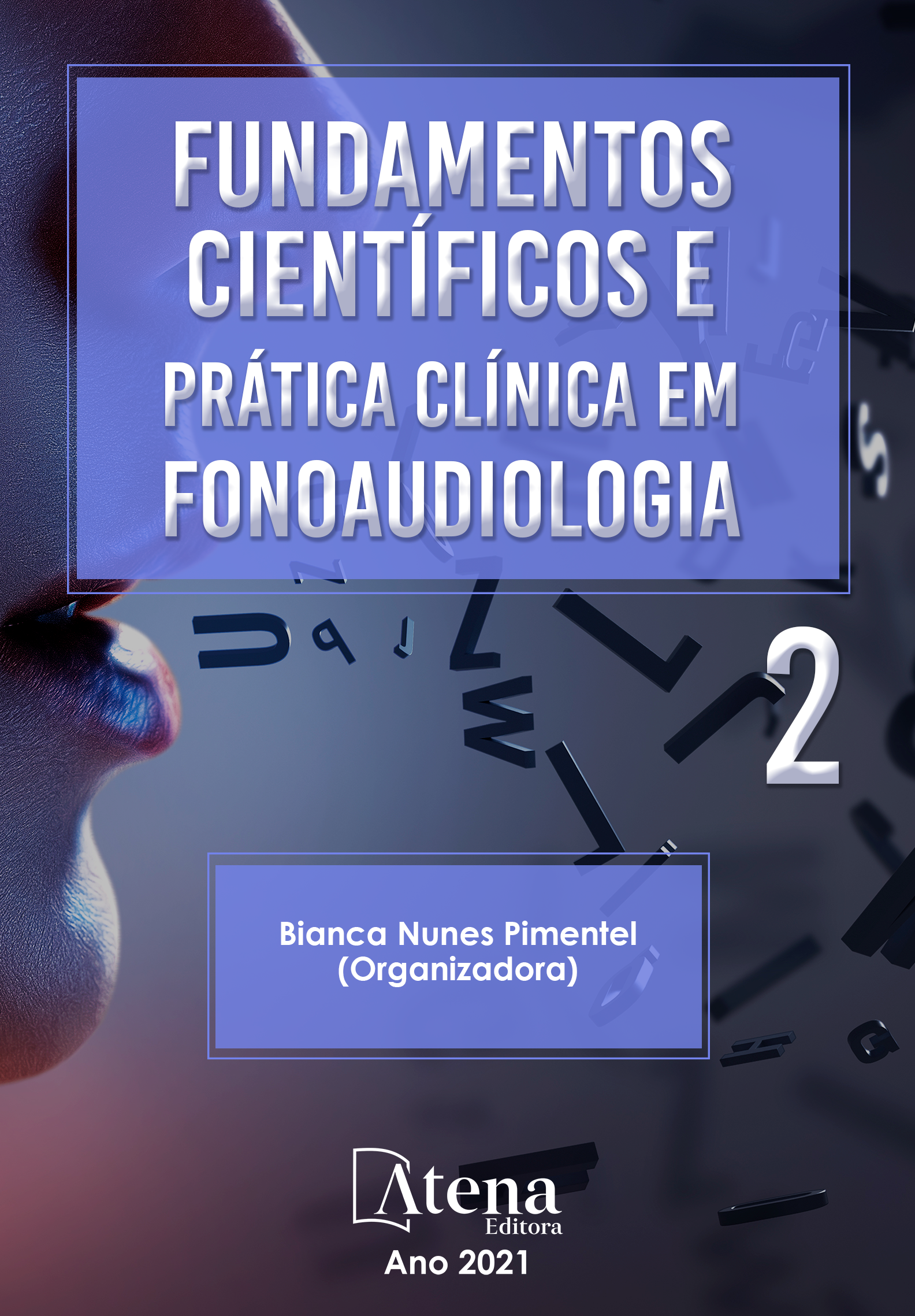
POTENCIAL COGNITIVO EM CRIANÇAS COM ALTERAÇÕES DE LEITURA E ESCRITA: UMA ANÁLISE COMPARATIVA
Objetivo: Analisar os resultados do P300 com relação aos estímulos Tone Burst (TB) e de Fala, e com relação ao gênero, em crianças com alterações de leitura e escrita comparadas com crianças com desenvolvimento típico. Metodologia: Amostra composta por 24 crianças, com idades entre oito e 11 anos, sendo que 12 apresentavam alterações de leitura e escrita (Grupo Estudo – GE) e 12 apresentavam desenvolvimento típico (Grupo Controle – GC). Os participantes foram pareados por idade e gênero. Todos apresentaram limiares auditivos dentro da normalidade e quociente intelectual acima de 80, verificado por meio do WISC-IV. Resultados: Com relação aos valores de amplitude, foram encontradas diferenças estatisticamente significantes entre os grupos, sendo que o GC apresentou respostas maiores que o GE para os dois tipos de estímulos. Na comparação entre os gêneros, foram encontradas diferenças estatisticamente significantes no GE para os valores de latência e amplitude com estímulo TB. Para os valores de latência, as crianças do gênero feminino apresentaram valores médios menores que as do masculino e os valores de amplitude, apresentaram valores médios maiores. Conclusão: Verificou-se diferença estatisticamente significante entre os grupos em relação à análise da amplitude do P300 para o estímulo TB e de Fala. Com relação à análise do gênero, foram encontradas diferenças significantes no GE para os valores de latência e amplitude do P300 com estímulo TB.
POTENCIAL COGNITIVO EM CRIANÇAS COM ALTERAÇÕES DE LEITURA E ESCRITA: UMA ANÁLISE COMPARATIVA
-
DOI: 10.22533/at.ed.8622113058
-
Palavras-chave: Potenciais evocados auditivos; Potencial evocado P300; Criança; Aprendizagem
-
Keywords: Auditory evoked potentials; Evoked potential P300; Kid; Learning
-
Abstract:
Objective: To analyze the results of the P300 in relation to the Tone Burst (TB) and Speech stimuli, and in relation to gender, in children with reading and writing disorders compared with children with typical development. Methodology: Sample composed of 24 children, aged between eight and 11 years, being that 12 had reading and writing disorders (Study Group - SG) and 12 had typical development (Control Group - CG). Participants were matched for age and gender. All had normal hearing thresholds and an intellectual quotient above 80, verified using the WISC-IV. Results: Regarding the amplitude values, statistically significant differences were found between the groups, with the CG showing greater responses than the SG for two types of stimuli. In the comparison between genders, statistically significant differences were found in the SG for the latency and amplitude values with TB stimulus. For latency values, female children had lower mean values than those of the male, and the amplitude values, they presented higher average values. Conclusion: There was a statistically significant difference between the groups in relation to the analysis of the P300 amplitude for the TB and Speech stimulus. Regarding the analysis of gender, significant differences were found in the SG for the values of latency and amplitude of the P300 with TB stimulus.
-
Número de páginas: 7
- Mariana Keiko Kamita
- Ana Luiza Dias Piovezana
- Ivone Ferreira Neves Lobo
- Luciene Stivanin Rodriguez
- Carla Gentile Matas
- Maria Vanderléia Araujo Maximiano


